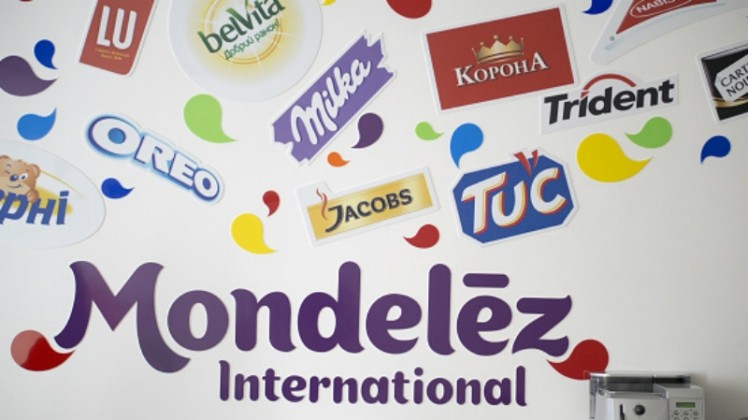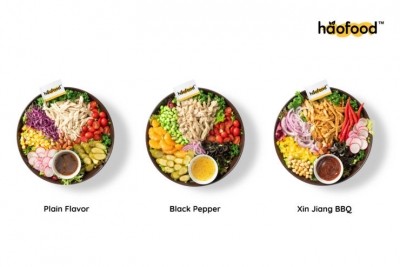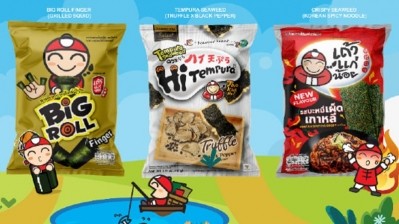Mondelez snacking insights: Brand familiarity and indulgence crucial drivers for AMEA industry growth

Mondelez released a version of its State of Snacking 2022 report findings specific to the Asia Pacific, Middle East and Africa (AMEA) region, which FoodNavigator-Asia has viewed, with several key insights focused on consumer purchasing behaviour in this region.
One of its key findings was that brand familiarity is incredibly important to AMEA consumers, with many willing to put in extra effort to gain access to favourite, familiar snacks.
“We found that 75% of consumers in this region would rather buy fewer of their favourite snack brand than buy a generic alternative, even if it is less expensive,” Mondelez EVP and AMEA President Maurizio Brusadelli told FoodNavigator-Asia.
“A total of 73% will also go out of their way to find their favourite snack – this is even higher compared to the global percentage which is 61%.
“72% also said they would pay extra to bring back some of their favourite childhood snack brands compared to the global 63% [showcasing the importance of nostalgia in this region].”
In addition, it is becoming apparent that the importance of indulgent consumption occasions is on the rise in the region – with snacking an obvious important food format to fulfil this occasion – given the fast-paced, stressful lifestyles that are becoming more and more commonplace in many AMEA markets.
“We have seen 80% of consumers highlight that these days, it is more important than ever to have moments of indulgence in the day,” he added.
“[Although health and wellness remains a vital trend and awareness is getting higher], just over half (52%) of consumers say they feel guilty when enjoying an indulgent snack or treat, [likely because] 84% report they are selective about the indulgent snacks they choose – [a good example of] the role of mindful snacking.”
Further demonstrating the rising importance of snacking in the region is that although a whopping 87% of AMEA consumers are understandably concerned about inflation, 81% have stressed that it is regular food prices that are hurting their wallets and not so much snacks, and 71% expressed higher concern of snack availability in stores instead.
“A lot of consumers have said that they will ‘always find room in the budget for snacks’ even as inflation continues to squeeze household budgets in AMEA, [so] snacks clearly remain essential, especially for millennial consumers,” he said.
“Over 70% in this region are snacking at least twice a day – this is particularly obvious in Indonesia where 82% of consumers are doing this; and we have also seen consumers increasingly replacing meals with snacks.
“India has shown some interesting snacking developments as well, with 76% of local consumers reporting making a meal out of snacks at least weekly and 42% going for early morning snacking, a snack before breakfast.”
Digital presence crucial for snack brands
With an increasing number of consumers relying on social media and digital applicances for both information and entertainment, the role of digital marketing and having a strong digital presence has become ever more important for snack brands, especially in terms of marketing new products.
“Some 73% of consumers in AMEA have said that they are more likely to find new snacks from digital channels than in-person ones today,” Brusadelli said.
“This is especially so for millennials, with 81% of this demographic finding snacks online and 91% having researched a snack online before buying it – showcasing that digital channels are helping them to ‘do their homework’ prior to purchase.
“It is also important to note that in this increasingly digital world, personalisation has become an expectation and 92% of AMEA consumers say that no one snack can fit all. Many feel that this means snacks need [to be customised] to meet different nutritional needs for different people.”






















